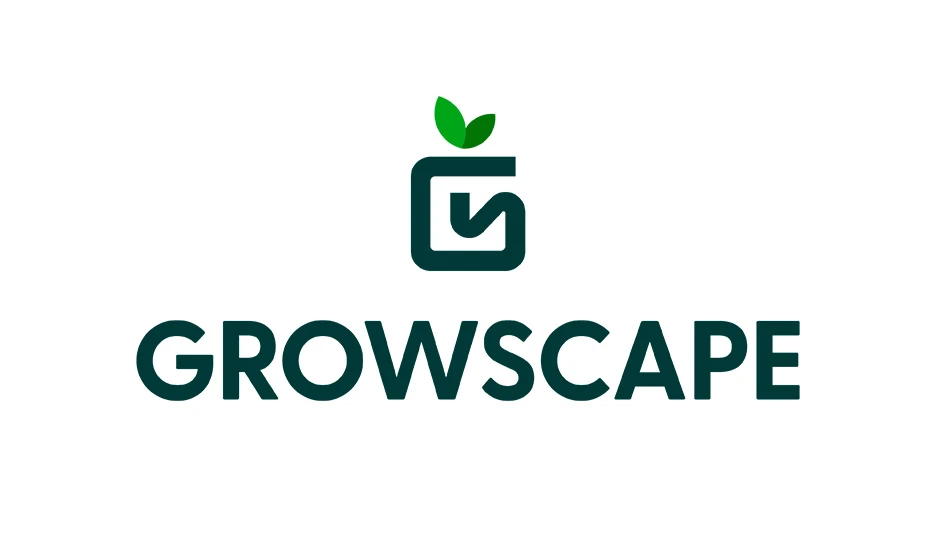 Real nurserymen don’t read instructions, right? But when it comes to pesticide labels, even the most grizzled growers should think twice. Here are some unfortunate consequences that can happen if you don’t read the label.
Real nurserymen don’t read instructions, right? But when it comes to pesticide labels, even the most grizzled growers should think twice. Here are some unfortunate consequences that can happen if you don’t read the label.
1. You may apply the wrong product…or the right product at the wrong rate. Make sure the product contains the desired active ingredient(s) and use the specified application rate.
2. You won’t know if the label has changed since the last time you purchased the product.
3. The site you are treating might not be approved. “Sites” include crops, turf species, ornamentals, foundations and indoor surfaces.
4. You might apply a product that doesn’t control your pest(s). You need to know what weeds, insects, diseases or other pests are on the label, and what pests you have.
5. You might mix incompatible products. The label may tell you how to test for compatibility.
6. You might apply at the wrong time or in the wrong place. Pests in the soil may require different product placement than pests on leaves. Insecticides and fungicides indicate a maximum number of applications and minimum interval between applications.
7. You won’t understand the toxicity concerns associated with the product. The label contains a Caution, Warning or Danger signal word, which is based on the acute (single exposure) toxicity of the product resulting from dermal, oral, inhalation or eye contact. Caution indicates that the pesticide is slightly toxic by any of these four ways of contact. Warning indicates that at least one of the ways of contact is moderately toxic. Danger indicates that at least one of the ways of contact is highly toxic.
8. You will not know the required personal protective equipment (PPE). If the label states that certain PPE is required (for example, a particular respirator or glove type), you are breaking the law and putting yourself at risk if you don’t wear the PPE for the specified task.
9. If you are accidentally exposed to the product, you won’t know what to do and might not have the needed supplies on hand.
10. You won’t understand the possible hazards to people, pets and the environment.
11. You will be unaware of other critical information, like how long to wait before entering the treated area, planting certain species into treated soil, or harvesting a crop.
12. You won’t know how to store and dispose of the product. Labels often indicate temperature and security requirements.
Information provided by the Weed Science Society of America. For more: www.wssa.net

Explore the September 2013 Issue
Check out more from this issue and find your next story to read.
Latest from Greenhouse Management
- Pennsylvania Horticultural Society shares top gardening trends from 2025 Philadelphia Flower Show
- California Spring Trials 2026 dates announced
- Les Evans promoted to DRAMMwater segment manager, Al Zylstra to retire
- Hoffmann Family of Companies to acquire N.G. Heimos Greenhouses
- GIE Media Horticulture Group wins five regional 2025 Azbee Awards of Excellence
- Grant awarded to test western U.S. wood species for use as wood fiber potting substrate
- Pennsylvania Horticultural Society announces 2025 Gold Medal Plant winners
- Oasis Grower Solutions announces new Southeast territory sales manager






